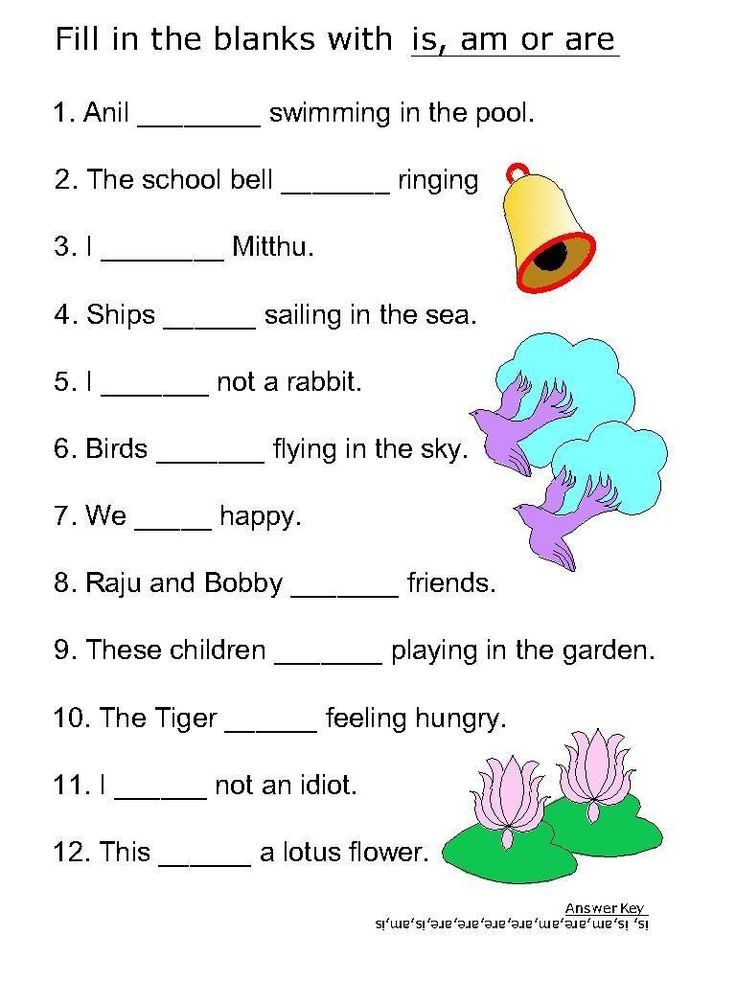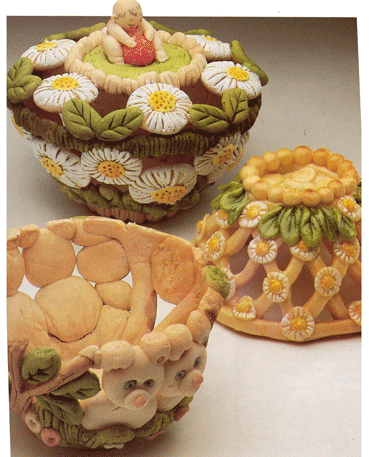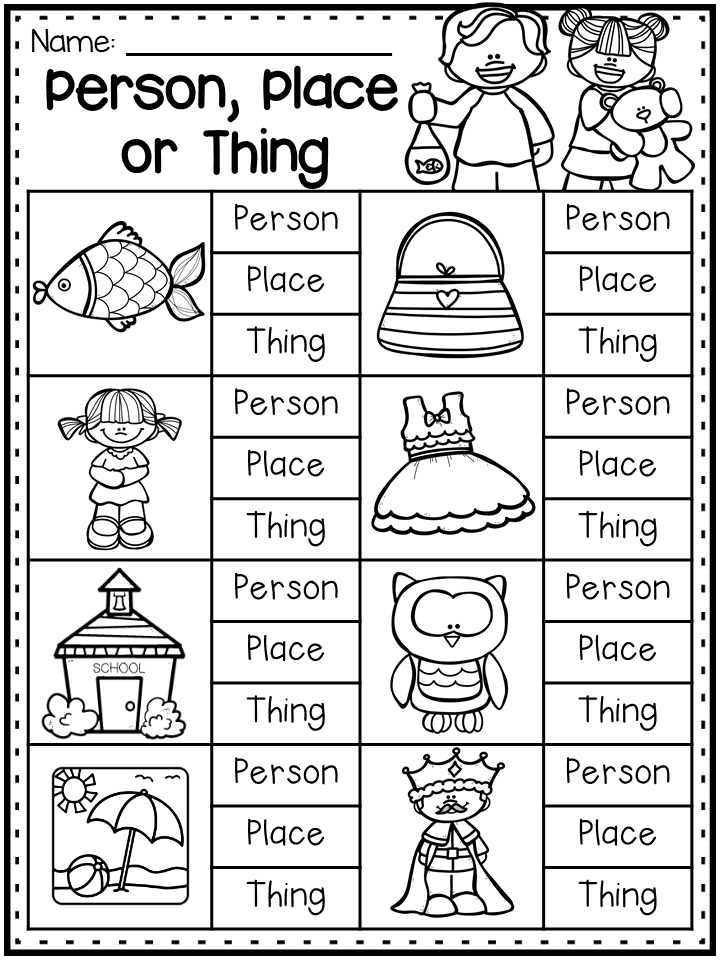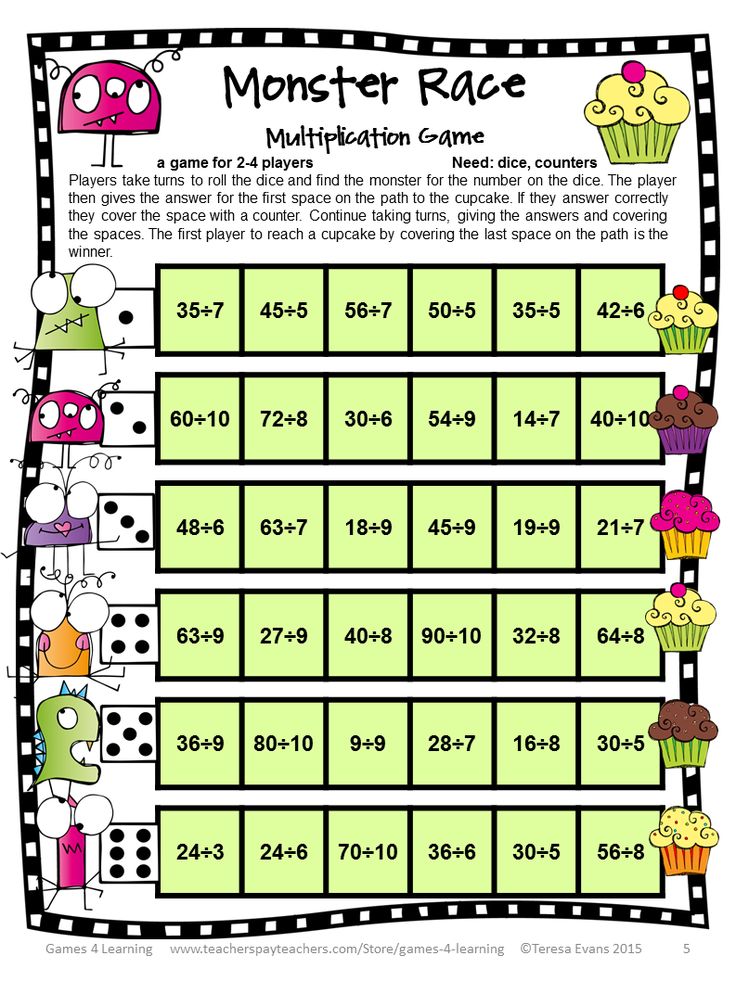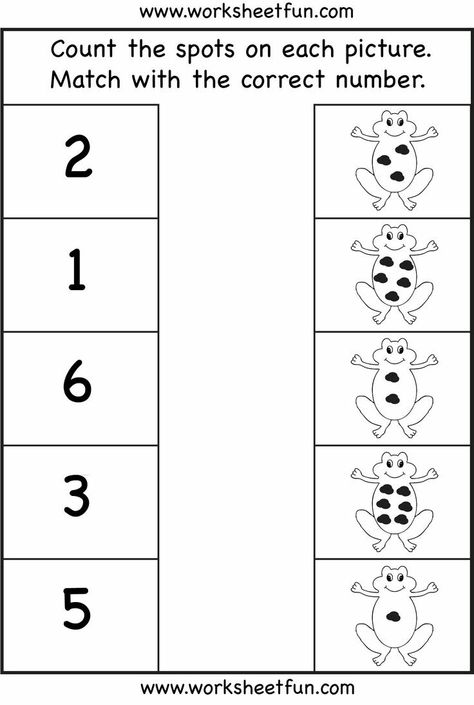Prediction activity for reading
Your Reading Comprehension Toolkit: Making Predictions
By Amy Mackenzie | Reading Comprehension
Students love making predictions. And building anticipation for what might happen next is an easy way to make reading fun.
By prompting readers to wonder what might happen next and whether or not their prediction will come true, you'll quickly boost reading comprehension and engagement. That's becuase when we ask students to make predictions, we are asking them to think about what they already know about the story, and what they think will logically happen next. Here are some common predictions you can try during your read alouds:
- Before Reading- What will the book be about? Who will the main characters be? What big events will happen in the story? Where will the events take place?
- During Reading- How will a character respond to the problem? Who might help the character solve the problem?
- After Reading- Which predictions were correct? Which predictions were incorrect? Why were the predictions incorrect?
Once students have mastered answering these types of simple questions. It's time to take it up a notch. For predictions to be a truly useful comprehension tool, students need to base their predictions on evidence from the text. So, for example, if your students predict that the main character will meet an alien, ask the students to point to the evidence. If there’s a spaceship hovering ominously above the main character, great, the aliens are probably coming! If not, encourage them to take a closer look at the clues left by the author.
You can help your students master the art of making predictions with any text. But, if you'd like to save some time, try paring a BookPagez lesson plan with one of these books:
- If You Give a Mouse a Cookie
- Corduroy
- Caps for Sale
- Rosie's Walk
- Olivia
- Doctor De Soto
- Stellaluna
Making predictions will quickly become one of your students' favorite reading activities. Here are four ways to help them make better predictions to improve comprehension.
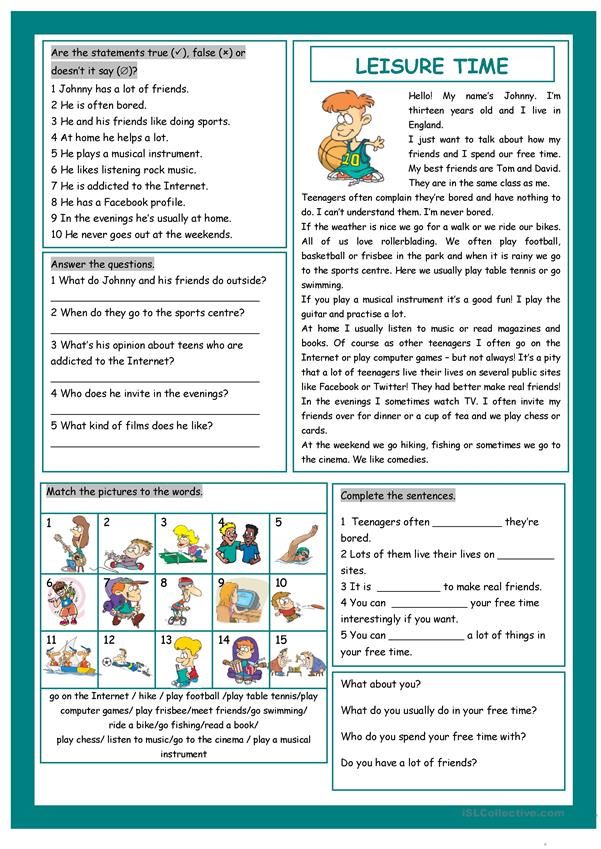
#1: Build a Prediction Puzzle
Teach students to support their predictions with evidence from the text by building Prediction Puzzles.
Start by writing a prediction on a puzzle piece. Then help students gather clues from the pictures or the text that support the prediction. Write each clue on a puzzle piece. Then put the puzzle together. By providing readers with a visual representation of how predictions are tied to the text, they will begin to make more logical predictions.
Or, try using this Prediction Puzzle printable.
#2: Play Prediction Kings and Queens
Who doesn’t love a little friendly competition? Before reading or during reading, ask students to stop and make a prediction (e.g., what a character will do, how a character will react, how a situation will turn out). Once you’ve brainstormed some predictions, have students vote on which one they think will be true. Have students sit in “teams” according to their predictions.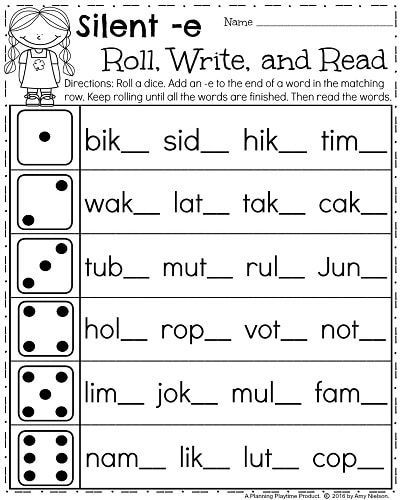
Then read the story and see which group was right. You could let the winning group do a happy dance, or you could give them paper crowns and let them be Prediction Kings and Queens for the remainder of the day.
Bonus: This can be more than just a language arts activity! Use prediction teams to make predictions about the outcome of a science experiment. Or have students make predictions about daily or school events (e.g., which class will collect the most cans for a can drive).
#3: Become Fortune Tellers
Make predicting magical. Invite students to pull out their imaginary prediction balls. Gaze into them and tell the future of a story. Help students tell logical fortunes using prediction task cards or by prompting them with prediction sentence starters like these:
- I'm guessing...
- Maybe this means...
- I predict ______ because _______ ...
#4: Take Predicting to the Next Level
Predicting is a natural link to cause and effect.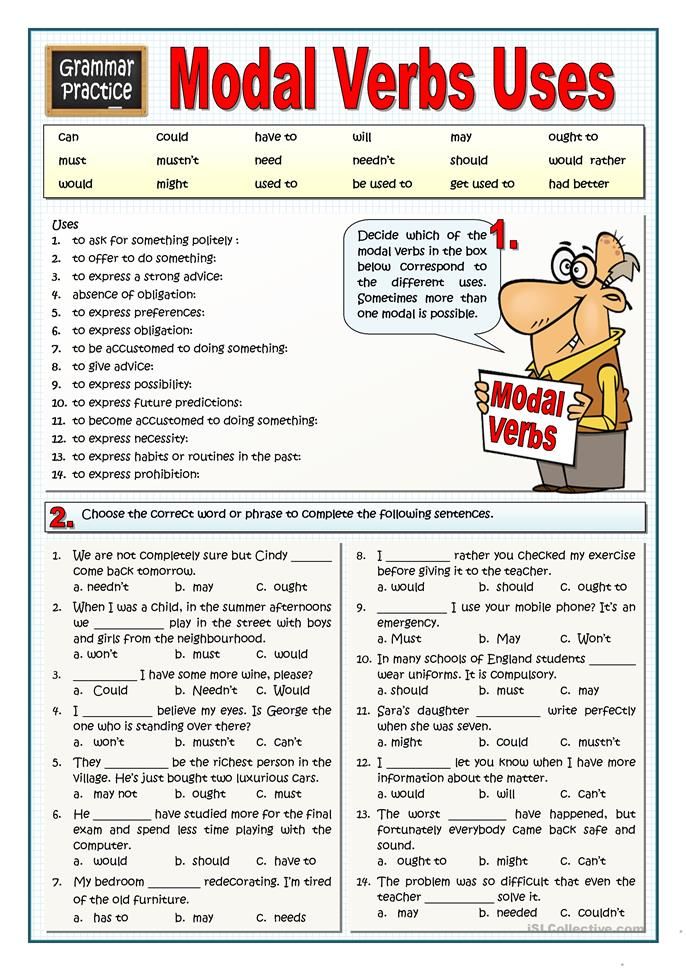 Use what students know about making predictions to identify cause and effect within a text. For example, ask: What caused this character to be so upset? What do you think will happen if the character misses the bus—will it have a positive or negative effect?
Use what students know about making predictions to identify cause and effect within a text. For example, ask: What caused this character to be so upset? What do you think will happen if the character misses the bus—will it have a positive or negative effect?
Want More Ideas Like These?
This post is part of a 10-part series. In each post, we share ideas for making comprehension strategy practice more engaging.
Click here to see tips and activity ideas for the other reading comprehension strategies.
3 Activities for Making Predictions
Making predictions is something that proficient readers naturally do, even without knowing it. As soon as we pick up a new book on the library or book store shelf, we are making predictions and judgments about that book based on the cover as we thumb through the book. Today, I’m sharing 3 activities for making predictions in our 10-week Reading Comprehension Strategies Series.
*This post contains affiliate links.
In this post, you will find 3 different activities for making predictions {with a free printable pack which can be found at the end.} We will explore making simple predictions with
1- Pre-K/K, including pre-writers,
2- making and changing predictions with older kids {2nd through 5th grades} and
3- making predictions with nonfiction text.
Hang with me here because there’s a lot of information!
Teaching Kids to Make Predictions
What is a prediction? Predictions are created by combining TWO things: 1- clues the author leaves for the reader, such as the words, pictures or text features and 2- what you know {your schema}.
Justifying predictions: When asking kids to make predictions {or use any other comprehension strategy}, I firmly believe it is important to ask kids WHY they think that. In their answer, I’m listening for them to connect to the text in some way and/or to use their schema or background knowledge.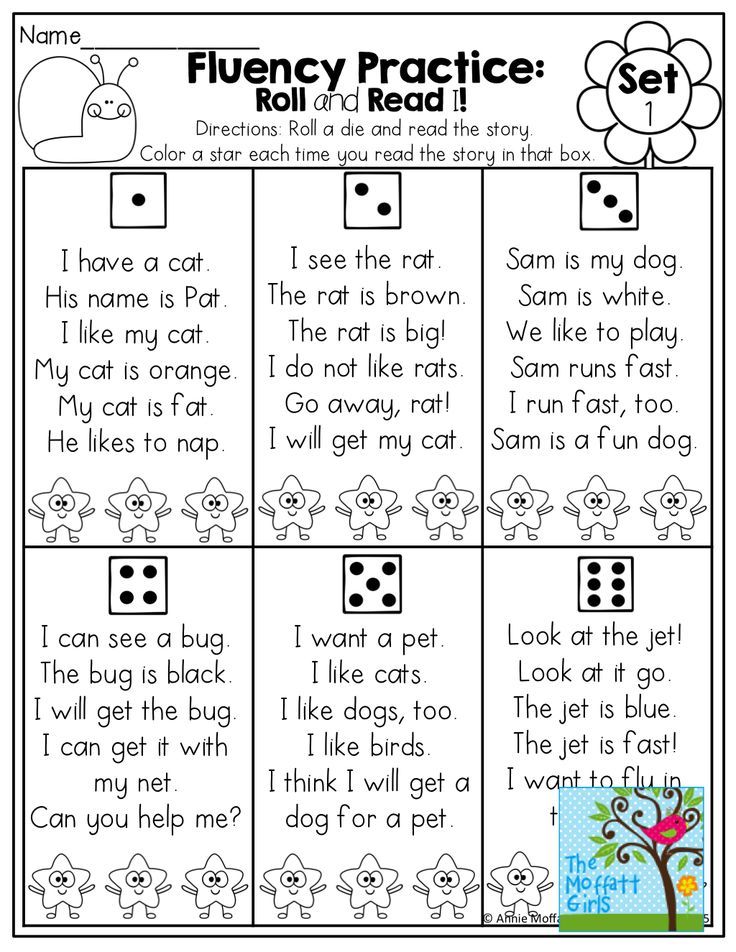
Asking readers why takes them a step deeper into the comprehension strategy and gets them thinking about their thinking {remember this term from our introduction post: metacognition.} The printables in this pack will also ask kids to justify their answers.
Prepping a Book: It is important when you want to model a comprehension strategy that you look through the book ahead of time and think about how you want to share your thinking and what you want to say. I’ve been teaching comprehension for 12 years now and I still have to prep my thoughts {also known as a think aloud}. Doing it “on the fly” is never as effective as preparing ahead of time.
I even like to post sticky notes within the book where I want to stop and share my thoughts ahead of time. Otherwise, I’ll probably forget. 🙂
Making Predictions with Young Readers
Making predictions is a simple place for young readers to begin their comprehension journey. This can easily be modeled and discussed as you read books together. While looking at the cover and reading the title together, you can share what you think the book will be about; or you can ask your child what he thinks. Before you turn the page in certain parts of the book, you can say, “I think … will happen next because…” or “What do you think will happen next?” Even the youngest of readers can do this.
This can easily be modeled and discussed as you read books together. While looking at the cover and reading the title together, you can share what you think the book will be about; or you can ask your child what he thinks. Before you turn the page in certain parts of the book, you can say, “I think … will happen next because…” or “What do you think will happen next?” Even the youngest of readers can do this.
Just recently, we borrowed a copy of Elmer and Rose by David McKee from the library. This was a book we had never read before {which is important for this comprehension strategy.} The story line is set up to keep readers guessing as to what color Rose’s herd is. I read to certain spot in the book that I had pre-planned, then I stopped. I asked my kids to predict what they thought would happen in the text, namely what color would Rose’s herd be.
MBug {age 4} guessed Gray. When I asked her why, she said because that was the color of Elmer’s herd.
NJoy {Kindergarten} guessed pink because Rose is pink. When I pressed a little further, he also mentioned that Rose said the gray elephants looked “strange”, so her herd was probably not gray.
Making and Changing Predictions
As readers grow in their understanding of making predictions, it is important to help them see that we constantly monitor our predictions, tweaking ours or making new ones entirely if necessary. This is an activity I did with my 3rd grader. While younger kids can do this too, all the writing it requires was of no interest to my Kindergartner.
To do this, I created a T-chart. The left side of the chart asks for predictions, while right side asks for justification of the predictions. {Why did you make that prediction?}
First, I modeled with Chester’s Way by Kevin Henkes, showing how I wanted him to think and use the printable T-Chart. By the end of the text, I was asking for his input, giving lots of support.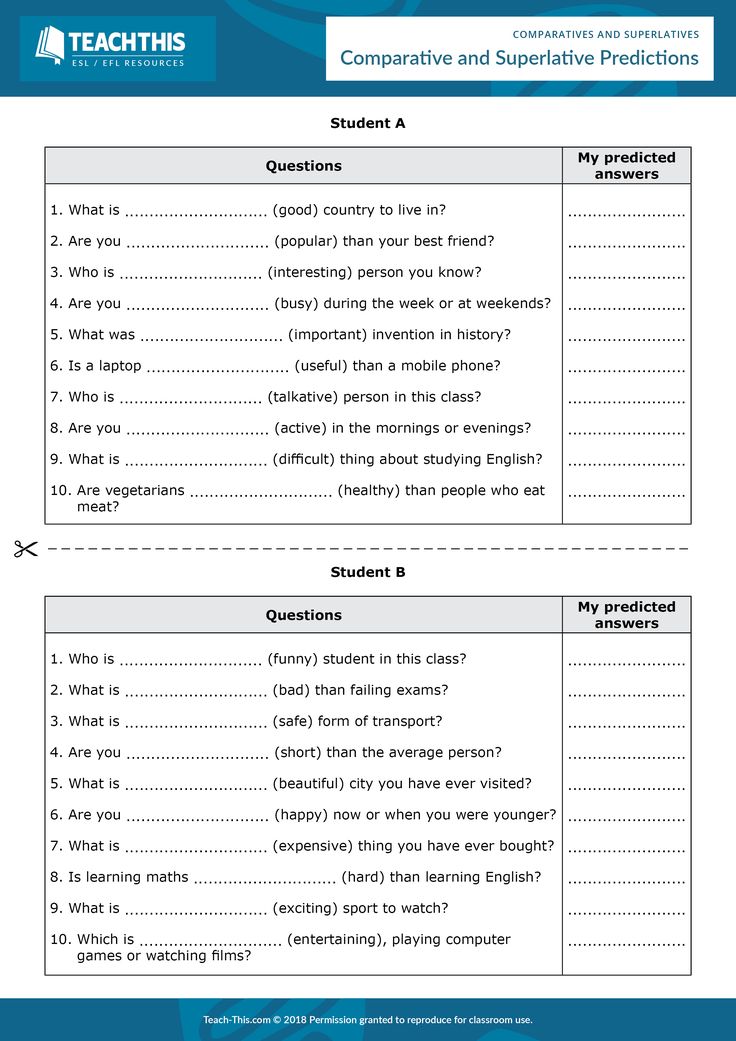
The next day, we used the text Piggie Pie by Margie Palatini. This time, I released more of the responsibility to him, but I was still there to offer support when needed. He started with the cover, making predictions about the book on the left side, then justifying predictions on the right side {using reasons from the book mixed with his background knowledge.} He did this throughout the entire book.
Once the book was over, we went back through his predictions on the left side of the chart. I said, “Let’s go through all your predictions and ask ourselves, ‘Was your prediction confirmed?'” If it was, he added a check. If it wasn’t, he crossed it out. His last prediction was never confirmed, so he included a question mark beside that one.
Making Predictions with Nonfiction Text
Making predictions is probably paired more with fiction, but readers can also predict with nonfiction. Below is simple activity reader can do before reading. As proficient readers, we automatically do this, but with younger readers, we have to make a switch to manual mode {out of automatic} so that they can “see” our thinking and hear our thoughts.
As proficient readers, we automatically do this, but with younger readers, we have to make a switch to manual mode {out of automatic} so that they can “see” our thinking and hear our thoughts.
I modeled this with Hurricanes by Gail Gibbons and he did this with my help using a Discovery Kids book {like this one}, a book he had picked out at the library. For this activity to be effective, the text needs to have plenty of text features for the reader to use. While it doesn’t have to have all the text features mentioned in the list on top of the printable page, it needs to have a good number.
First, ask the reader to look through the text at the text features. {If the reader you’re teaching doesn’t understand what text features are, it would be good to start there first. I have several resources here.} Based on what he observes with various text features from the book, ask the reader to predict what he thinks the book will be about. Making predictions before reading with nonfiction {as well as fiction} is a great activity to help kids set a purpose for reading.
I feel like I’ve just shared a load of information in one post. And truth be told, I’ve just skimmed the surface of making predictions!
>>Download our FREE Making Predictions Pack HERE.<<
See all the posts in our Reading Comprehension Strategies series.
Enjoy teaching,
~Becky
Want MORE Free Teaching Resources?
Join thousands of other subscribers to get hands-on activities and printables delivered right to your inbox!
Tarot. The Complete Guide to Card Reading and Predictive Practice 16+
Lavoe Konstantin Frolova Nina
Series: Tarot Secrets
RUB 910.00
-20% after registration
Available in 35 stores
Angarsk, ProdaLit Angarsk Center
Angarsk, ProdaLit Vertical
Angarsk, ProdaLit Dom Knigi
Angarsk, ProdaLit shopping center Hephaestus
View all stores
The price in the store may differ
from the price indicated on the site.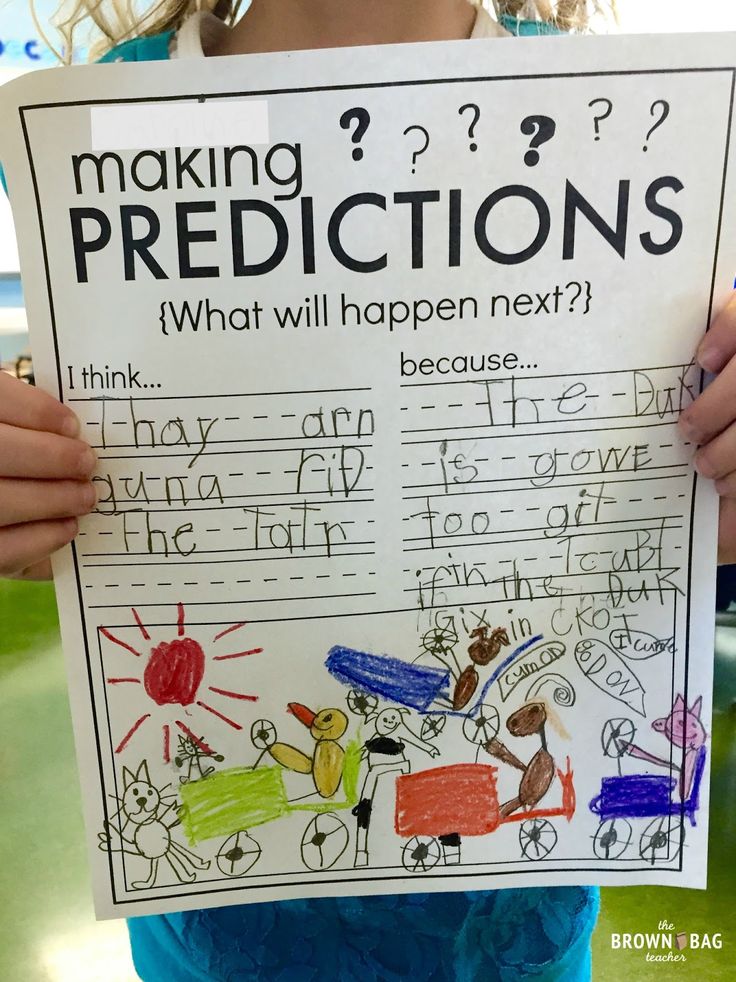
Share link to:
Publisher: Eksmo
ISBN: 978-5-04-088969-3
Barcode: 9785040889693
Pages: 608
Type of cover: solid
: 2022
VAT: 20%
Weight: 1
Age: from 16 years old
Code: 943201
Description
in the book of Tarologists and teachers with perennial experience, members of the Russian Russian The Tarot Club of Nina Frolova and Konstantin Lavoe has everything you need to master the theory and practice of working with Tarot cards and the art of divination. In order to see the future, to clarify the hidden causes and consequences of events and secret motives, one no longer needs to possess supernatural abilities. The logic, accuracy and systematic approach of the authors will help you get answers to all your questions.
See all
RUB 683.00
-20% after registration
Arthur Waite Tarot.
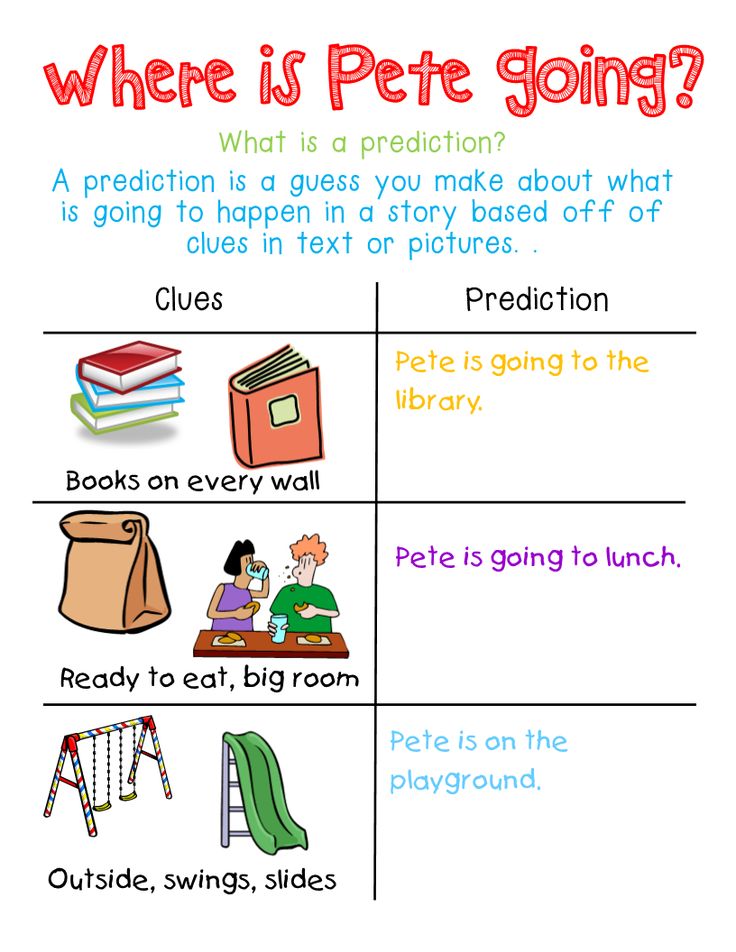 History, interpretation, layouts (2023)
History, interpretation, layouts (2023) Levanov Eduard
RUB 562.00
-20% after registration
Healing Tarot. How to restore harmony to the chakras and heal your subtle body with the help of cards (2023)
Robertson Lisa
RUB 1080.00
-20% after registration
Tarot. Workshop for the soul (2023)
Solodilova (Preobrazhenskaya) Alena
RUB 782.00
-20% after registration
Tarot under the moon: spreads, rituals filled with the power of the moon, for abundance, protection and spiritual growth (2022)
Constantino Victoria
$484.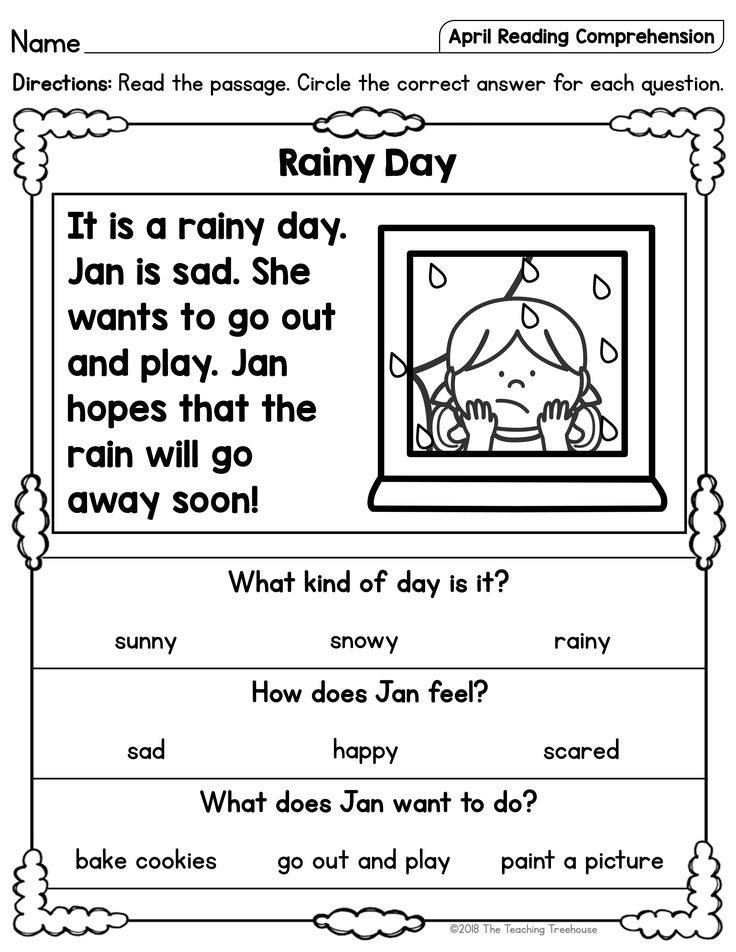 00
00
-20% after registration
The Oracle of Madame Lenormand. future prediction system (2022)
$1187.00
-20% after registration
Tarot from the beginning. A simple card reading guide for self-development and personal growth (2022)
Heyerz Meg
RUB 612.00
-20% after registration
Tarot for beginners. Practical course (2022)
Levanov Eduard
RUB 882.00
-20% after registration
Tarot Card Spreads: A Practical Guide (2022)
Lavo Konstantin, Frolova Nina
RUB 859.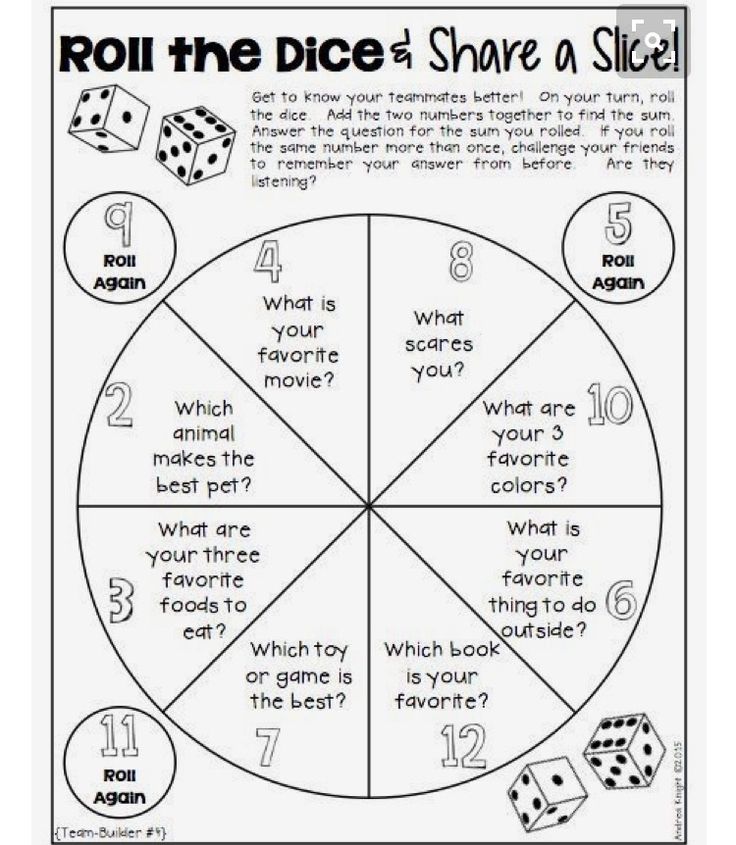 00
00
-20% after registration
Divination on playing cards. How to predict the future on a deck of 36 cards (2022)
Oginsky Anna
RUB 910.00
-20% after registration
Tarot. The Complete Guide to Card Reading and Predictive Practice (2022)
Lavo Konstantin, Frolova Nina
$570.50
-20% after registration
Tarot for hard times. Look into the eyes of your shadow, heal yourself and change the world (2021)
Miro Shaheen, Reed Teresa
$478.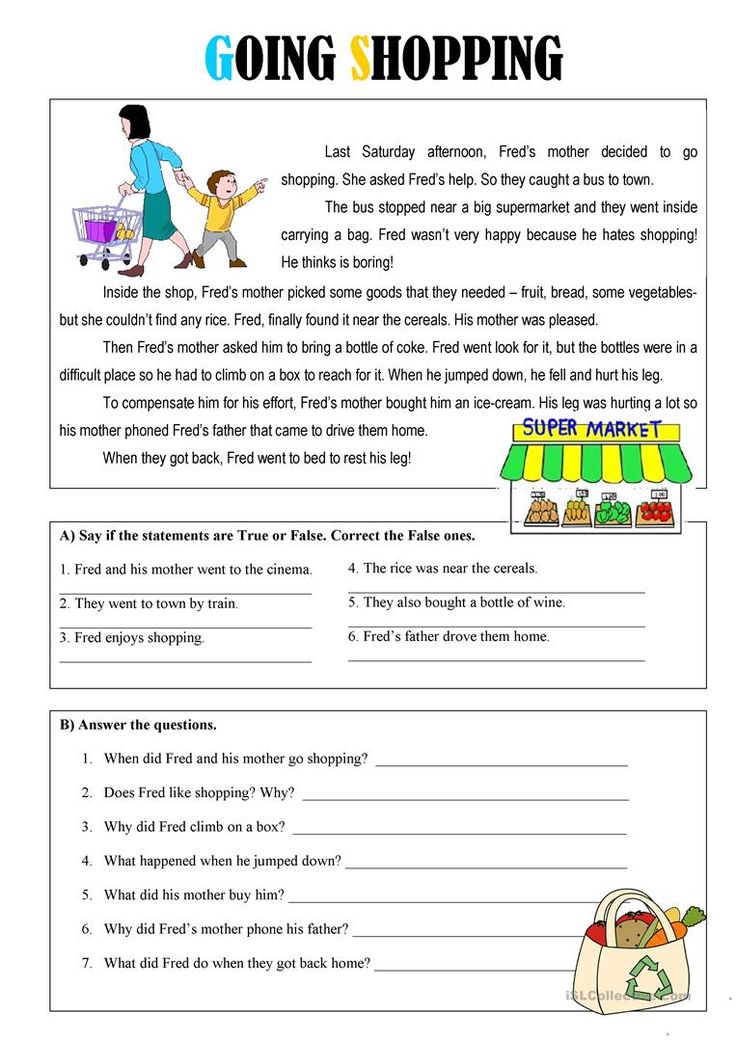 50
50
-20% after registration
Practical Tarot. Useful techniques for working with maps, questions, answers and people (2021)
Katz Markus, Goodwin Tali
$618.50
-20% after registration
Evening tea by candlelight and Tarot cards. Four essays on life, cards and those who lay them out (2021)
Savchenko Sergey Valentinovich
$505.00
-20% after registration
Tarot language. Proven card reading system (2021)
Reed D.
$764.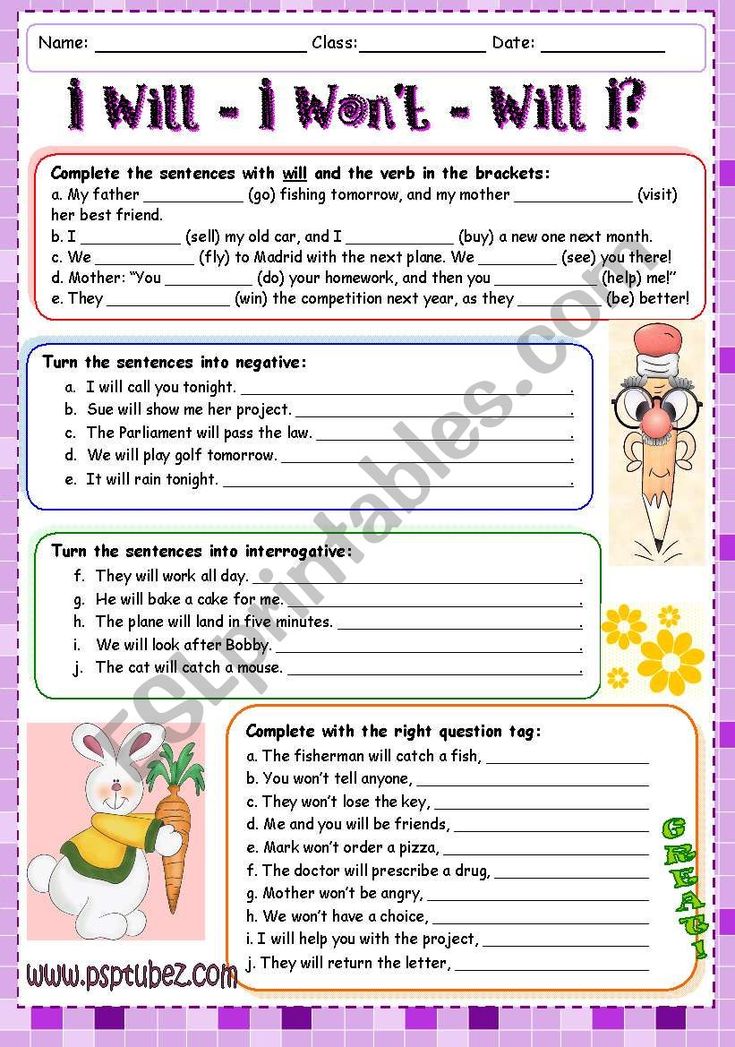 50
50
-20% after registration
Oracle Lenormand. Tutorial on divination and prediction of the future (2021)
Anna Oginsky
$402.00
-20% after registration
Tarot for all occasions. Simple and clear guide (2021)
Melissa Saynova
$399.00
-20% after registration
The Famous Waite Tarot: A Practical Guide (2021)
Kulik T.N., Guk A.L., Sirota E.L.
RUB 500.00
-20% after registration
Tarot for the fulfillment of desires.
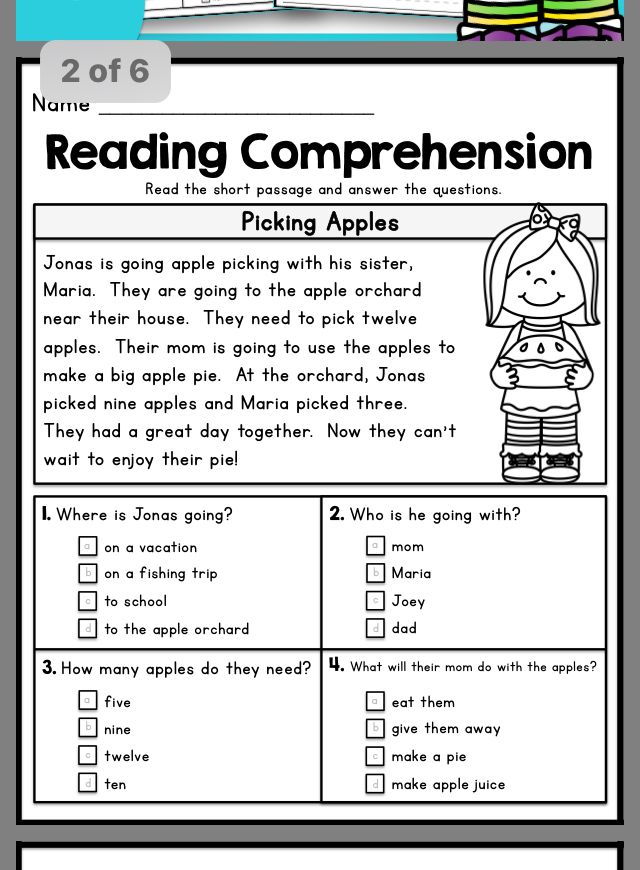 The author's method of correcting the future (2020)
The author's method of correcting the future (2020) Hesselroth D.
See all
RUB 696.00
-20% after registration
Diagnosis of Karma: Vol. 7: Overcoming Sensual Happiness (2020)
Lazarev S.N.
$474.00
-20% after registration
Tarot Waite. The most detailed description of each card (2021)
Wells Martin
$738.00
-20% after registration
Astroencyclopedia for a successful woman (2021)
Khubelashvili V.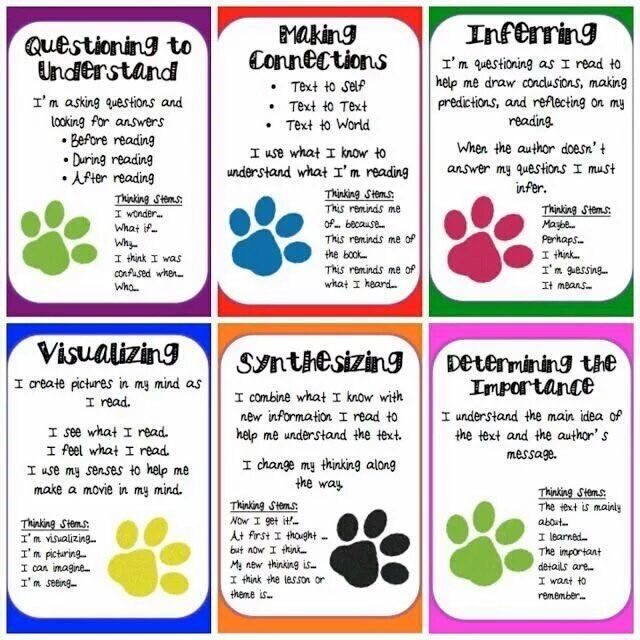 M.
M.
$487.50
-20% after registration
Shaman Stars: Shaman Philosophy (2021)
Serkin Vladimir Pavlovich
$246.50
-20% after registration
The beginning of the magical path. Where to begin. First steps. Underwater rocks. personal freedom (2021)
Menshikova K.E.
RUB 372.00
-20% after registration
Runes and amulets from A to Z. Magic symbols of the modern world (2021)
Grishaev D.A.
$222.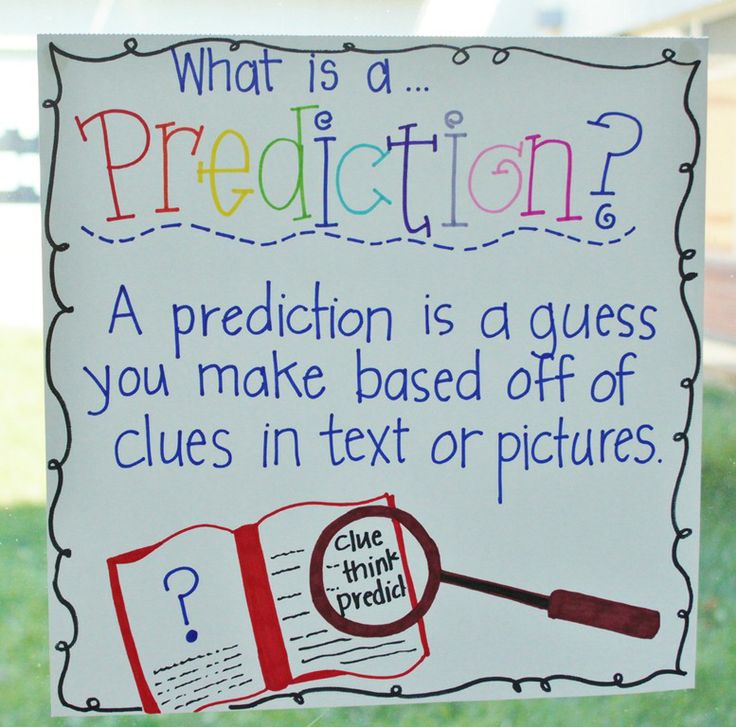 00
00
-20% after registration
The most faithful conspiracies and rituals for wealth. Conducting rules. To wallet and bank card. Enlarge, multiply and save (2020)
Nezlobina Darina
$414.00
-20% after registration
The Power of Now: A Guide to Spiritual Awakening (2022)
Tolle Eckhart
$343.00
-20% after registration
Great transition or variants of the apocalypse (2020)
Seklitova L.A.
851.00 rub.
-20% after registration
Family book of my family (2022)
$573.50
-20% after registration
Tarot. Modern leadership. Intuitive card reading, main layouts and their interpretation (2022)
Chamberlain Lisa
RUB 300.00
-30% after registration
Mysticism. The reality of the invisible (2014)
James William
RUB 683.00
-20% after registration
Power in thought.
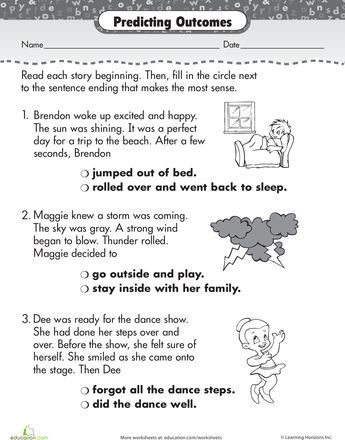 How to make a wish come true in 30 days (2nd edition) (2023)
How to make a wish come true in 30 days (2nd edition) (2023) Volkova Elizaveta Alekseevna
RUB 333.00
-20% after registration
The most complete Tarot Waite. 78 cards + 2 new Major Arcana cards (2022)
Waite Alex, Weiss John
RUB 1470.00
-20% after registration
Palmistry textbook (2022)
Comte C. de Saint-Germain
$229.00
-20% after registration
Vedas and business. About vocation, success in business and leadership (2020)
Torsunov Oleg
RUB 1294.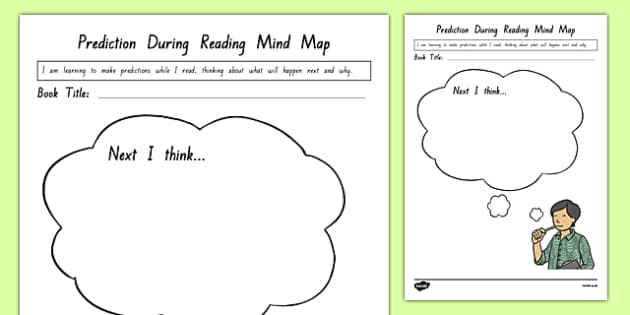 00
00
-20% after registration
Everyday Tarot. Tarot for every day (78 cards and a guide in a gift box) (2021)
Esselmont B.
RUB 1542.00
-20% after registration
Witch crystals. Magic rituals, spells and practices (2022)
Mabel Eliza
$417.00
-20% after registration
Divination lessons with Maria Lenormand (2021)
Kotelnikova Anna
$453.00
-20% after registration
Journey home.
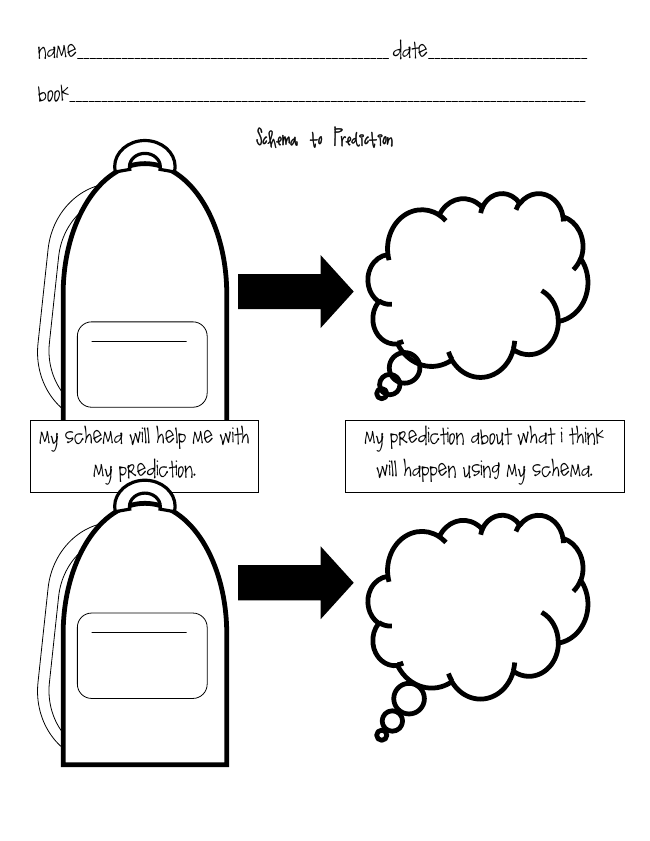 Michael Thomas and the Seven Angels: A Kryon Parable Novel (2022)
Michael Thomas and the Seven Angels: A Kryon Parable Novel (2022) Carroll Lee
Read online “Tarot Textbook. Theory and practice of reading cards in predictions and psychotherapy. Part 1, Gennady Belyavsky - Litres
Dedicated to Konstantin Sokolov, best friend and colleague
Acknowledgment
This textbook came into being thanks to the input and support of many people. I sincerely thank all my clients and students from various countries of the world who once trusted me and, having asked for advice, allowed me to look into their inner world through the prism of the symbols of the cards. Your trust, feedback and criticism has helped shape me as a tarot card professional. I especially appreciate my colleagues in the field of esotericism, whose opinion and advice helped me to better understand myself and my practice, as well as to connect the Tarot with other esoteric systems.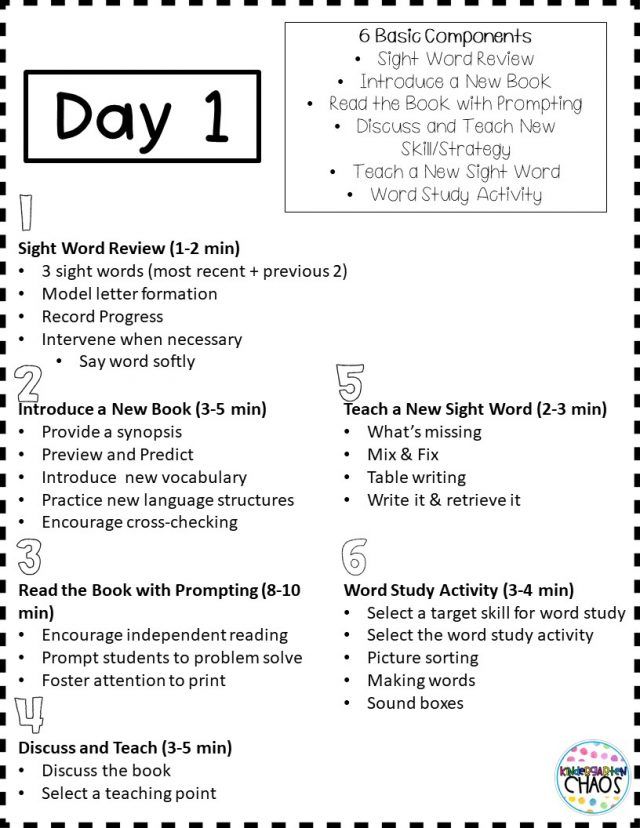 I thank Aalok Chandra Tiwari, Nelly Guneva-Potemkina, Zhanna Ustinovna Chudakova and many others.
I thank Aalok Chandra Tiwari, Nelly Guneva-Potemkina, Zhanna Ustinovna Chudakova and many others.
I am especially grateful to my colleagues and teachers from the Belarusian psychotherapeutic community, whose invaluable help and support helped me to better understand myself, realize the motives of my practice, develop my own unique view of the system and dare to write my own course. I thank Evgeny Fridman, Irina Yakubovskaya, Konstantin Korolev, Oksana Lazovskaya, Nadezhda Morozova, Alena Solodilova-Preobrazhenskaya (St. Petersburg) and many others. Your friendship and collegiate support helped me understand that psychology and esotericism can work together and mutually enrich each other.
I also remember and appreciate the work of all my predecessors in esotericism and psychology, whose books, articles and reports served as textbooks for me in their time and prepared me to develop my own course today.
Such projects are not born by the efforts of individuals. This is the result of the participation of a huge number of people, whose contribution I highly appreciate.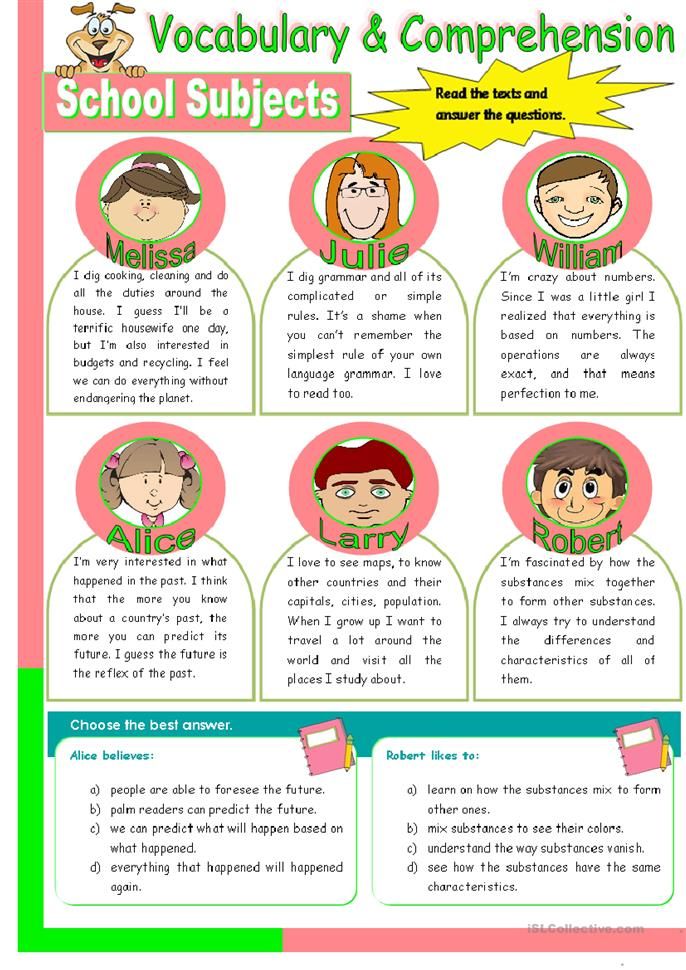
Reader
So, you are holding in your hands another book dedicated to such an interesting and popular phenomenon of Western culture as Tarot cards. Today there are hundreds of publications on the subject. Some authors describe certain decks, others write textbooks, others create detailed catalogs and encyclopedias. In other words, the reader will be able to find a huge amount of information on this topic both in printed materials and on the Internet. This textbook is written in the framework of an interdisciplinary approach and therefore, in a sense, is special. In my author's opinion, the most interesting discoveries are currently being made just at the boundaries between different disciplines, and not in their deep depths. That is why one of the characteristics of the current stage in the development of science is its interdisciplinarity and the dialogue of various methodologies.
This textbook includes an examination of Tarot cards from at least four different angles (esotericism, psychology, linguistics, pedagogy).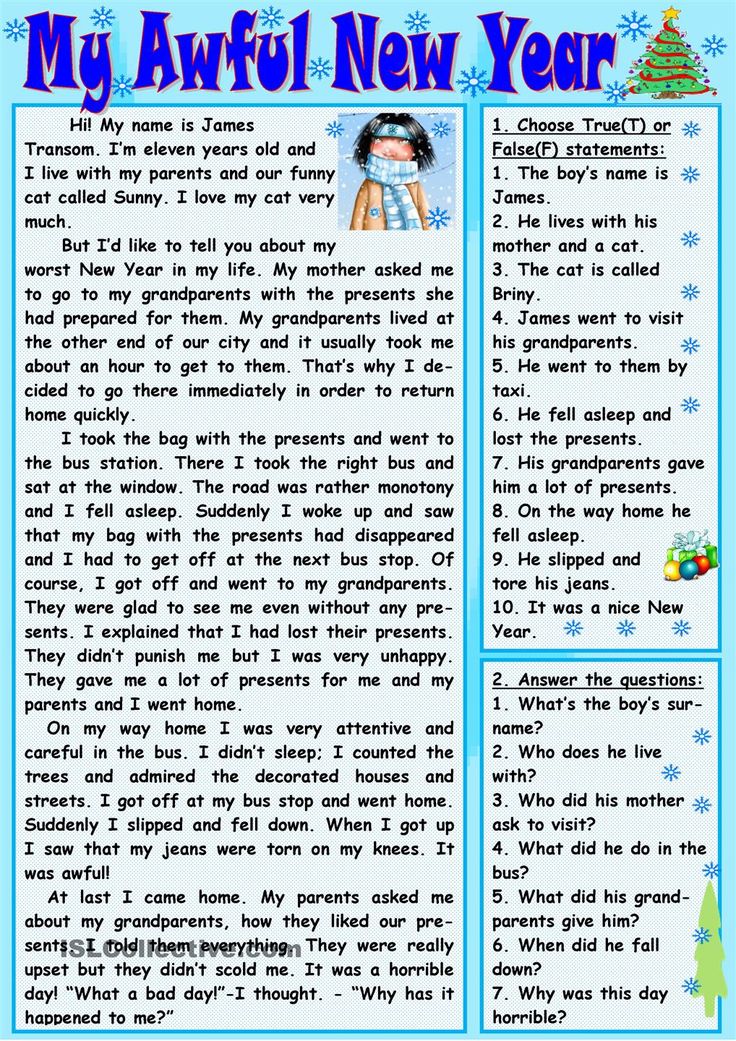 If you are a beginner who intends to master this interesting practice, then this textbook can be a step-by-step self-study for you to help you understand the basics of Tarot. It also contains a lot of useful advice on controversial issues that you will not find in most publications on this topic. Unfortunately, modern textbooks mainly give descriptions of cards, but do not say anything about the difficulties that novice masters face when embarking on this difficult craft. The following section provides detailed guidance on how to best use this tutorial to get the most out of it.
If you are a beginner who intends to master this interesting practice, then this textbook can be a step-by-step self-study for you to help you understand the basics of Tarot. It also contains a lot of useful advice on controversial issues that you will not find in most publications on this topic. Unfortunately, modern textbooks mainly give descriptions of cards, but do not say anything about the difficulties that novice masters face when embarking on this difficult craft. The following section provides detailed guidance on how to best use this tutorial to get the most out of it.
If you are a practicing Tarot master , then you already know the meanings of all the cards well and you do not need to follow the methodological recommendations in detail. However, you may be interested in psychological interpretations of the cards, especially if you do not have a psychological education and work experience in psychotherapy. You will not find new spreads or facts about the history of Tarot in this textbook. Some topics in the theoretical part may cause you disagreement and even protest, which is quite normal, since there are thousands of opinions and approaches in the world practice of Tarot. Please take controversial issues as an invitation to reflection and dialogue, and not as the only possible truth.
Some topics in the theoretical part may cause you disagreement and even protest, which is quite normal, since there are thousands of opinions and approaches in the world practice of Tarot. Please take controversial issues as an invitation to reflection and dialogue, and not as the only possible truth.
If you are a psychologist or a psychotherapist , then this textbook will be very convenient for you, since many of the words and terms in it will already be familiar to you. Many psychologists would like to include tarot cards in their work, but are repelled by the excessive mystification of the system. From this point of view, this textbook will be especially convenient for you, since my author's view and approach to the study of Tarot is more based on psychotherapy, and not on mysticism and the occult. One of the main goals of creating this course was an attempt to establish a dialogue between representatives of traditional scientific psychology and esotericism.
If you are a Tarot teacher , pay attention to the very structure of the textbook, as well as to the extensive set of exercises given at the end of each lesson.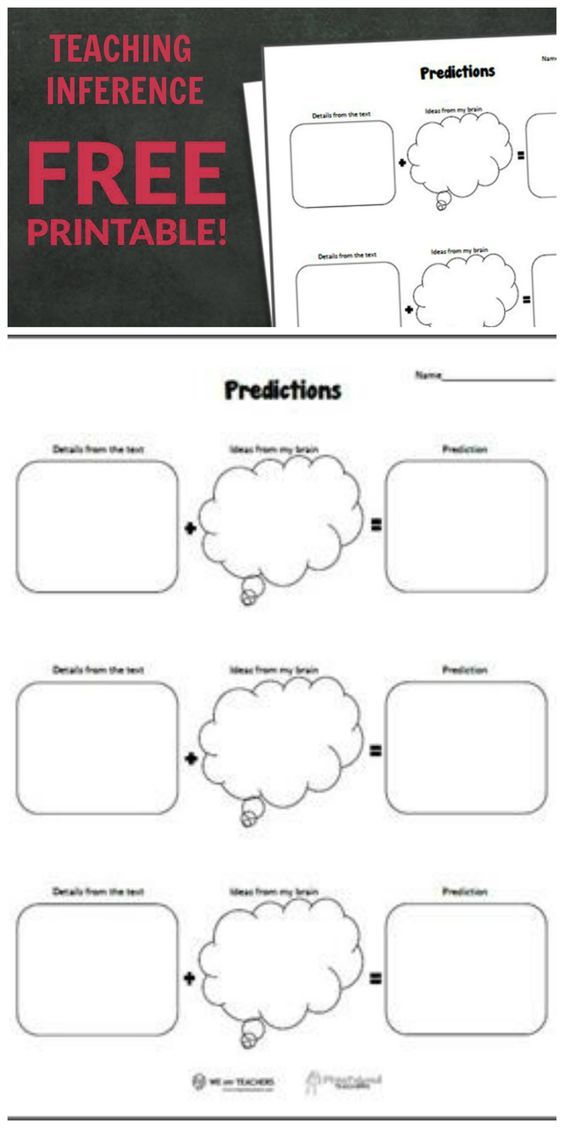 Perhaps you will find some of them useful and include them in your teaching activities. The methodology of this textbook is in many ways similar to the approach to learning a foreign language. The structure of the exercises and their order are dictated by the experience of conducting groups and individual lessons on Tarot cards, as well as more than a decade of experience in linguistic translation and teaching a foreign language.
Perhaps you will find some of them useful and include them in your teaching activities. The methodology of this textbook is in many ways similar to the approach to learning a foreign language. The structure of the exercises and their order are dictated by the experience of conducting groups and individual lessons on Tarot cards, as well as more than a decade of experience in linguistic translation and teaching a foreign language.
If you do not belong to any of these reader groups, then I hope that this tutorial will simply spark your interest in the topic described.
Enjoy your reading!
Guidelines for Using the Tutorial
This section is written for beginners and focuses on the best way to get started. In fact, this textbook was written on the basis of practical materials that have already been tested several times in study groups and in individual classes. Therefore, the order and form of presentation of the material in it is not accidental. Please do not skip anything and try to do all the exercises that are suggested to you at the end of each lesson.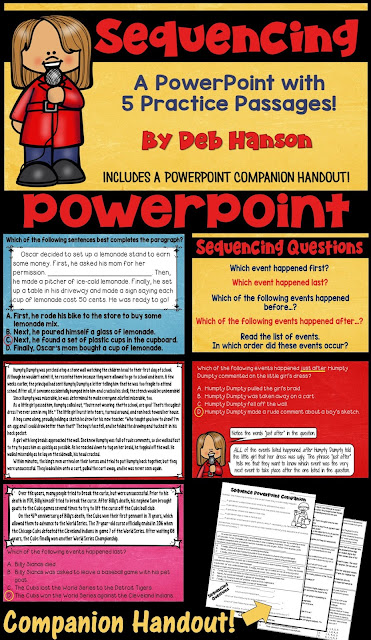
You need to start practicing right away, so literally from the first lesson you will receive practical instructions on how to purchase a deck. Despite the fact that you do not yet know the meanings of all the cards, you will already be able to do trial layouts, more and more delving into the symbolism and meanings of the cards.
You should especially concentrate on those sections that begin with the word "attention". In them you will find practical warnings and advice on what to cannot be done . Many of these tips have not been published elsewhere, so don't ignore them. They are written specifically for your safety, and in the future will save you from many worries and troubles in your own practice.
In each lesson you will find rule enclosed in a box. Read it more often. Of course, these rules are exclusively author's, and other experienced craftsmen may strongly disagree with them. But, in my opinion, it is these rules that can later become your professional guidelines in your own practice. Although with the acquisition of the necessary experience, you can develop your own rules.
Although with the acquisition of the necessary experience, you can develop your own rules.
In the textbook you will find some psychological terms that you will not be familiar with. At the end you can see their full list. Some of them are explained in the text of the card descriptions, and some are left for independent study. The psychological side of the Tarot is very important, it will greatly deepen your practice if you are not too lazy and find the meaning of all new terms.
There are important tables at the end of the tutorial, as well as keys to the exercises so that you can check yourself after completing them. If you conscientiously do all the exercises, the textbook material will be much better deposited in your memory. But, as in learning a foreign language, nothing can replace real work with maps. Also at the end you will find a list of recommended reading, which is a good read to delve deeper into the subject. The books on this list will be devoted not only to tarot cards, but also to related disciplines.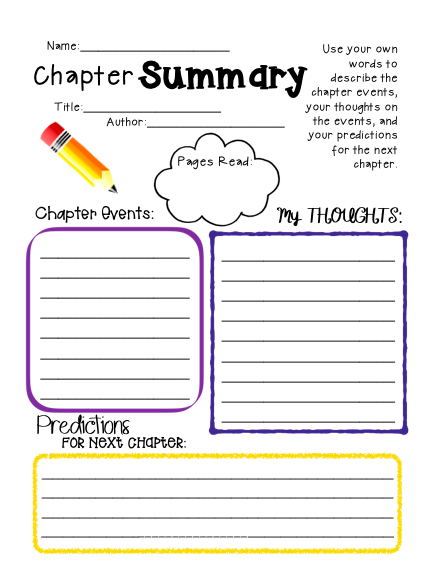 But all of them are useful to you if you want to get a comprehensive view of the phenomenon under study.
But all of them are useful to you if you want to get a comprehensive view of the phenomenon under study.
This textbook is written for tarot students, not for their clients. Further, a special warning will be made in this regard. You should not read texts from the book to your clients, as they may be traumatic for them. These texts are written for you, and they contain terms that are specifically given so that you better understand the meanings of the cards, and not "hang" psychological labels of diagnoses on the client. Take it easy that some of the information in the textbook is given more than once. In order for the material to be mastered by you qualitatively, these repetitions are necessary at different stages of work on the course.
Work slowly and you will master this most interesting system. Tarot cards will help you take a different look at reality through their symbolism, which will definitely enrich your inner world and make you wiser and more holistic.
So, let's start learning.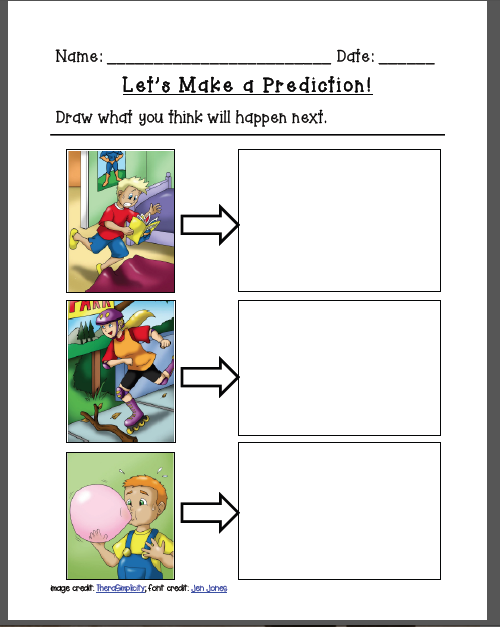
Lesson No. 1
Topic. In this introductory lesson we will define the place of the Tarot in the general esoteric tradition. Consider the concepts of mantic and mantic system. Let's briefly study the main hypotheses of the origin of Tarot cards. Let us define the initial terms we need. We will discuss how to choose the right deck for learning and practice, and also consider the structure of the Tarot deck.
Place of the Tarot in the ocean of mysticism
Before we move on to a detailed examination of the Tarot and, in particular, to the description of the cards, let's try to determine the place of this system among the numerous areas of human knowledge. If you ask any person who does not take them seriously about Tarot, he will tell you that this is something from the mystic section. He will be absolutely right, but the very concept of "mysticism", or, as they often say today, "esotericism", is too extensive and vague.
And, really, what does mysticism include? Mystical space seems like an ocean without landmarks. Let's try to set up conditional beacons so that we can start our journey. The classification that will be offered to you now is not generally accepted, but it is didactically useful at this stage of learning.
It is customary to say that there is exoteric knowledge, or information available to all, and the esoteric world, or something secret and hidden, the path to which is accessible only to initiates. What people today call the word "esotericism" does not necessarily require special initiation or membership in some kind of secret society. Rather, we are talking about everything supernatural, which cannot be explained in the paradigm of modern science. As you can see, the boundaries of this term are not absolutely rigid, since our knowledge of the world is constantly evolving, and what seemed supernatural yesterday, today can be described by some new scientific theory. Moreover, traditional mystical knowledge, which was once transmitted orally from teacher to student, is now widely available to everyone, thanks to the development of printing and communication systems. A modern person, if he has an interest, can find a huge amount of information on any esoteric topic. Often the quality of this information leaves much to be desired, but, nevertheless, having minimal guidelines, he can already take the risk and set sail on this foggy ocean.
So, let's conditionally divide all esotericism into three large areas, or three "M": mysticism, magic and mantic.
Imagine the following situation. A young girl fell in love with a young man and suffers because she cannot achieve reciprocity. Of course, there are many ways to deal with this situation. You can survive the problem yourself, you can share it with loved ones, you can drown grief in alcohol, or you can seek help from a psychotherapist. But suppose that our heroine chose to solve her problem with the help of esotericism. And then before it, according to our classification, there are three different options.
The most unlikely option is an appeal to what we have designated as mysticism. When we talk about mysticism, we mean numerous philosophical and cosmological teachings about how our Universe works, those concepts that disagree with the opinion of traditional science or are simply ignored by it. There are quite a few such philosophical models. Often these teachings are due to the cultural or religious traditions of a particular people. The mystic seeks to know the visible and invisible worlds, their laws and the place of man in them. He, like a mosaic, puts together scattered pieces of supernatural philosophical knowledge. What is fundamental is that the mystic obeys an already existing system and does not seek to influence it in any way. He wants to change himself in order to make his life consonant with the model of the Universe he discovered. He studies and contemplates, but all his activity is directed not to the external world, but to his own nature. In our example, a young girl would have to start studying esoteric philosophy in order to understand how this or that system explains her problem.
She will look for reasons why her love brings her suffering, she will come up with rules and recommendations on how she can treat her situation differently so that the pain goes away, or she will try to harmonize her inner world so that the young man pays attention to her. But it's a very long way.
The second category is magic. As with mysticism, each culture has its own magical traditions. However, the focus in this area is significantly shifting. If the mystic is focused on the knowledge and contemplation of the world, then the magician seeks to influence the already existing world order in order to get what he wants. That is why in the descriptions of magical systems you will find various rites, rituals and recipes that serve this purpose. If our heroine decides to use magic, she will find a specialist who, with the help of a ritual, will change reality so that the problem disappears, for example, bewitch a guy. In other words, instead of changing the person himself, you can change the reality so that it satisfies him.
And the third category that interests us the most is the mantika. Mantika is often a more professional synonym for divination. The young girl in our example, having decided to resort to a mantle, will seek the advice of a master in order to get as much information as possible about her problem and choose the course of action that seems most attractive to her.
Mantic systems
We put mantic between mysticism and magic because, having resorted to it, a person can go further in either direction. Having learned everything she wanted about her lover, the girl may decide to change herself or use the information received in order to try to manipulate the guy. "Choice" is the key word in relation to the mantle. A good metaphor is the compass, which helps a person orient himself in a difficult situation.
So, let's consider the concept of the mantic system. Such a system is called the esoteric way in which a person receives and interprets information. Of course, we are talking about methods that modern science does not recognize. It is important to note here that all these methods and systems are usually divided into two large classes - objective and subjective mantic.
The first approach relies on data that remain relatively unchanged throughout a person’s life and do not directly depend on his will, for example, data on his birth (date, month and year of birth), the pattern of lines on the palm (although it changes over time, according to palmists) or the numerical code of his name. Objective mantic systems include astrology, palmistry and numerology. Subjective mantic systems deal with such a composition of symbols, which is constantly changing for each individual. Techniques such as tarot cards, runes or the I Ching (hexagrams of the Chinese "Book of Changes") confront the master each time with a new set of symbols. It is these techniques that are most often called divination.
You can guess on anything. In every culture, you will find many ways in which people traditionally receive information from the subtle world about themselves, other people, or events of interest to them in the past, present, or future. But the principle in all divination is the same. A person asks a question, a certain procedure is performed with a set of symbols, and the master then interprets the symbolic sequence as an answer to the client's question. That is, the master can be compared to a translator who translates information from supernatural language into ordinary human language.
Each mantic system relies on its own symbolic alphabet, or set of meanings. The number of characters may vary from system to system. The accuracy of the information received does not depend on which system the master uses, but on how well he knows the technique. As we have already noted, there are folk methods that are based on signs and traditions. The level of such interpretations does not go beyond the life of the people who use it. And then there are the well-designed, detailed and highly abstract mantic systems whose symbolism covers every aspect of human life. And the use of such systems has long crossed the borders of individual countries, eras and cultures. Tarot cards are an excellent example of such a system.
A Brief History of Tarot
Where did Tarot come from? Here, for the first time, we encounter two different opinions. The debate is still going on, and in the mantic community you can easily find representatives of various points of view, the most popular of which should be briefly described in this section.
Tarot is most often seen as a coded message. Disagreements arise only around the question of who left this message. A number of esotericists believe in the Egyptian origin of the Tarot. According to them, in ancient Egypt there was a secret temple of initiation, on the walls of which were depicted drawings of the Major Arcana. It is believed that this is a coded message from the Atlanteans, which contains all the wisdom of this lost civilization. In the esoteric community of past centuries, there was even a belief that a certain primary source was preserved, from which the rest of the decks were later copied. Some masters believe that the gypsies invented the Tarot. Someone believes that the Tarot is rooted in the era of matriarchy, when the priestesses faced the choice of how to protect their mystical knowledge from the impending power of men. A deck of cards made it possible to leave secrets in plain sight, but the true meaning of these drawings would be clear only to the initiates.
All these statements are contrary to scientific data. According to another group of masters, the Tarot is not as old as their counterparts believe. Of course, it is flattering to consider yourself a continuer of the mystical tradition of Ancient Egypt or Atlantis. However, there is a fairly large group of experts who are convinced that the Tarot was invented in the 15th century for the games of the European nobility. This is evidenced by historical data and the first decks that date from this particular period. In the current debate about which came first - playing cards or tarot - this group of experts confidently favors playing cards.
Then Tarot goes through several stages of its development. Mystics of the 18th-20th centuries paid special attention to the Tarot. It was then that an attempt was made to link Kabbalah and Tarot cards. According to many researchers, these two systems were not originally connected, this is the work of individual occultists and secret mystical communities. But it was then that the Tarot got its development as a mantic system. Numerous works devoted to the Tarot were written. The symbolism became more and more complicated. And soon the Tarot became a rather complex symbolic system that various authors used to encode the philosophical and mystical truths of various cultures. This made the system more and more flexible, allowing to work with questions of different levels of complexity.
In my opinion, the Tarot as we know it today is the merit of the painstaking esoteric work of the mystics of the 18th-20th centuries. It was with their help that the system developed and gained the widespread and venerable reputation it has today among esotericists. The fact is that Tarot drawings allow you to encode absolutely any information that the author needs at a symbolic level. And if such a respected and complex system as Kabbalah, which is a full-fledged worldview philosophy, is laid as the basis, then the Tarot may well serve as a language capable of describing all the phenomena of reality.
Today there are a huge number of Tarot decks. Not all of them were created with a mantic purpose. Many authors were guided by aesthetic motives, and, being inspired by the very idea and cards of their predecessors, they created and create their own versions of decks. Some of these decks are not used in divination, but are simply pleasing to the eye. Many authors made their own adjustments to the system, as it allows it, and created such decks that well described exactly their view of the world. It is a never ending process that will continue as the Tarot system continues to attract and inspire people of all cultures and backgrounds to contribute to it.

